Sign in
No account?
Create one here
The Tahitian pearl is a precious and mystical gem that embodies the beauty and culture of French Polynesia. Formerly known as the "black pearl", it is unique and distinguished from other pearls by its colour and lustre.
Native to the crystal clear lagoons of French Polynesia, the Tahitian pearl is produced by Pinctada margaritifera oysters which inhabit the warm, shallow waters of this region of the Pacific. The Tahitian pearl is prized for its beauty and rarity, and is considered one of nature's most precious gems. Translated with www.DeepL.com/Translator (free version)


The pearl is the result of a reaction of the organism of a shellfish or oyster to the accidental introduction of a foreign body into its flesh. The fine pearl is the fruit of chance, originating from a grain of sand, a worm larva, or coral dust. The cultured pearl is the result of the same phenomenon caused by the intervention of the grafter.
The grafting technique consists of introducing into the gonad of the oyster a perfectly round nucleus, made from the shell of a mussel cultivated in Tenessee and Mississippi, and a graft, a small piece of the mantle of another sacrificed oyster containing epithelial cells indispensable for the formation of the nacre.
Following the graft, 10% do not survive the operation, 10% die after 2 years and 30% reject the nucleus. Of the remaining 50%, only 30% result in the creation of a marketable pearl. This makes the Tahitian pearl extremely rare.

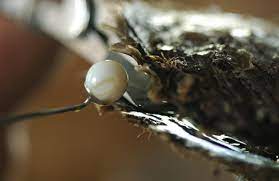
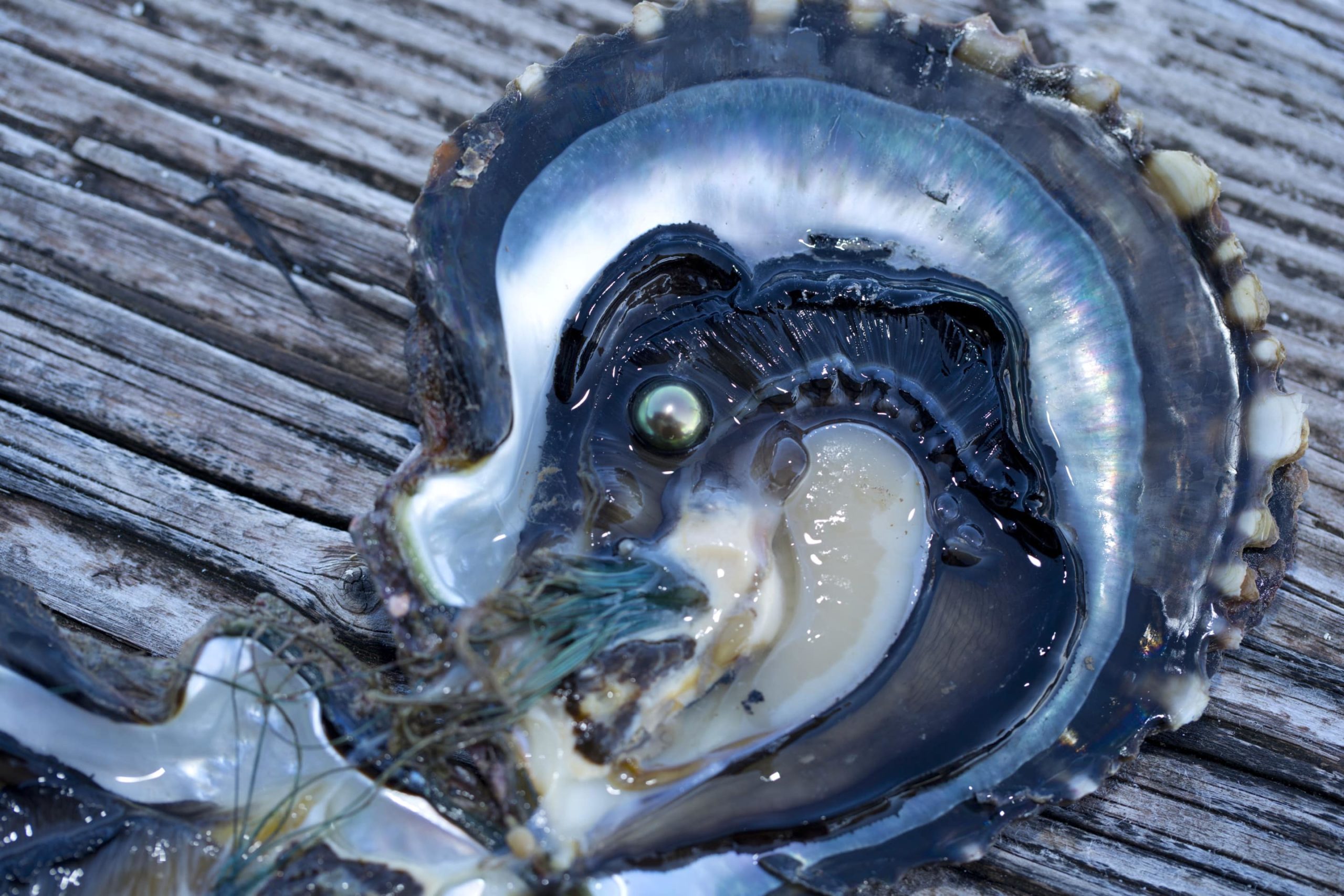
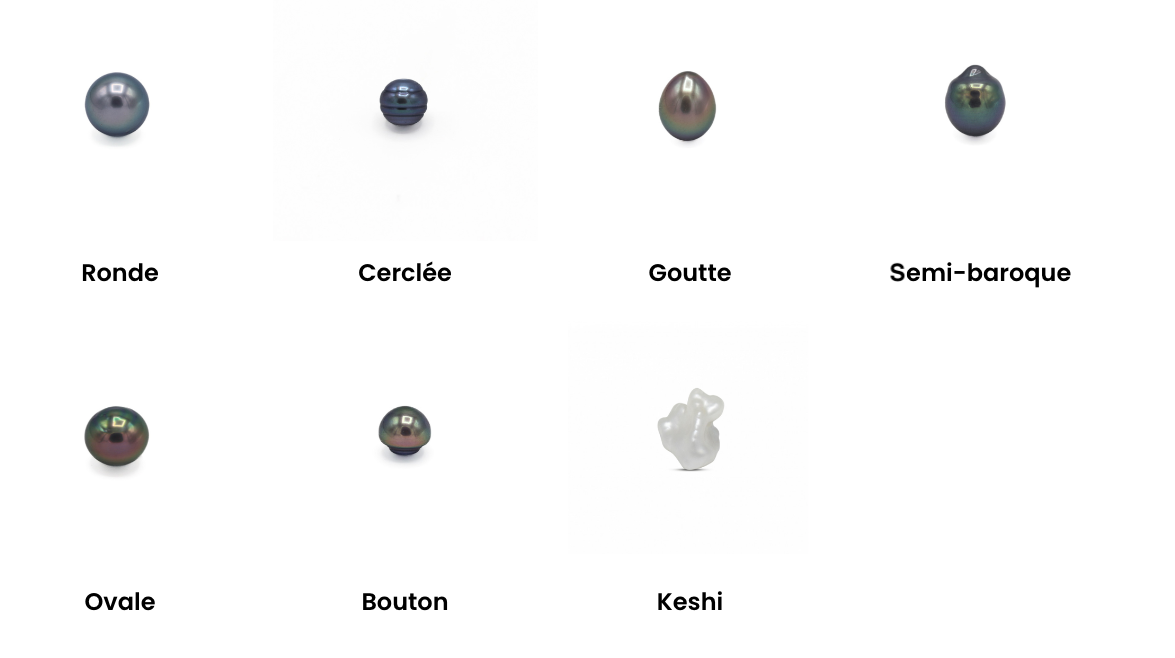
La qualité des perles va dépendre du nombre de piquets présents sur la surface. Les piquets représentent les défauts apparents sur le dessus et jouent un role déterminant sur la classification de la perle en terme de rareté.
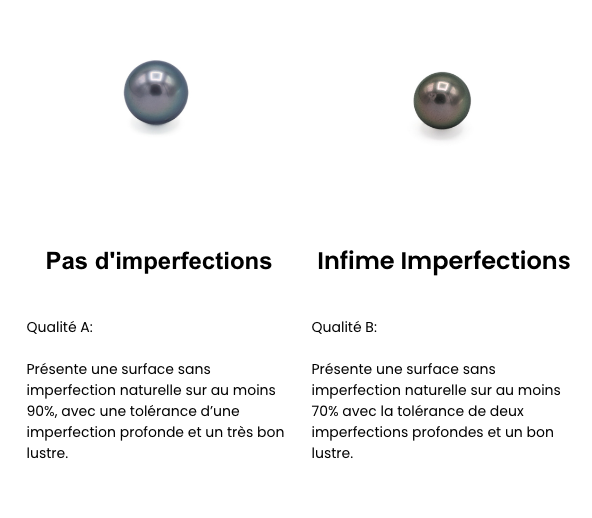
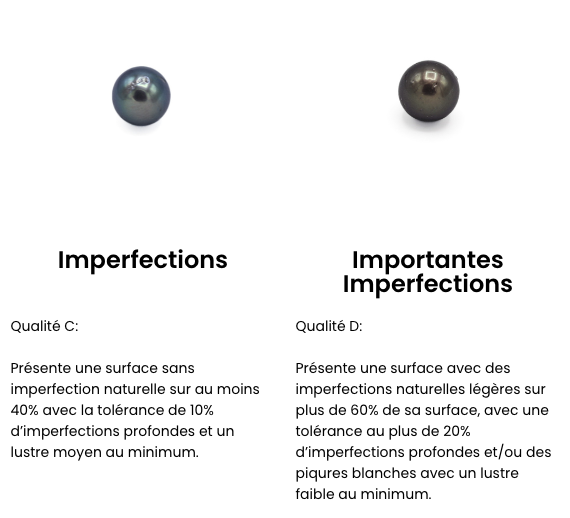
Le lustre représente la manière dont la perle arrive à refléter la lumière qui l'entoure. Plus la perle a un bon lustre, plus elle brille et reflette sa couleur.
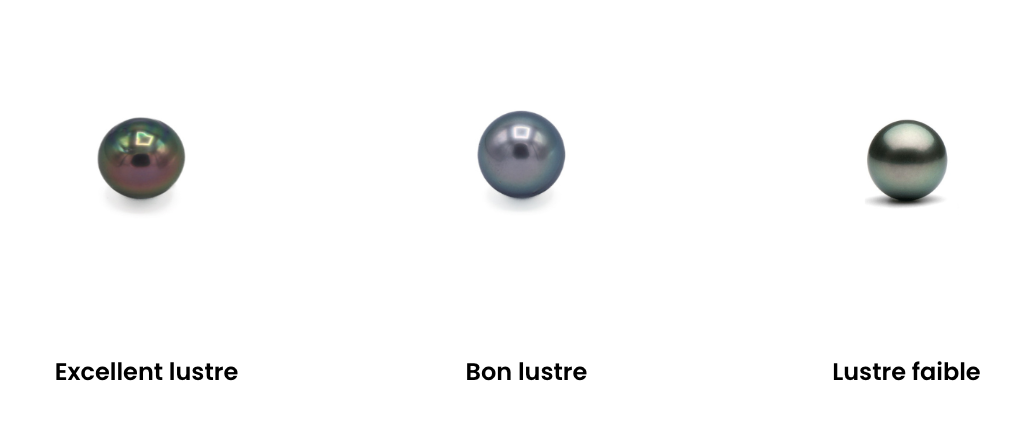
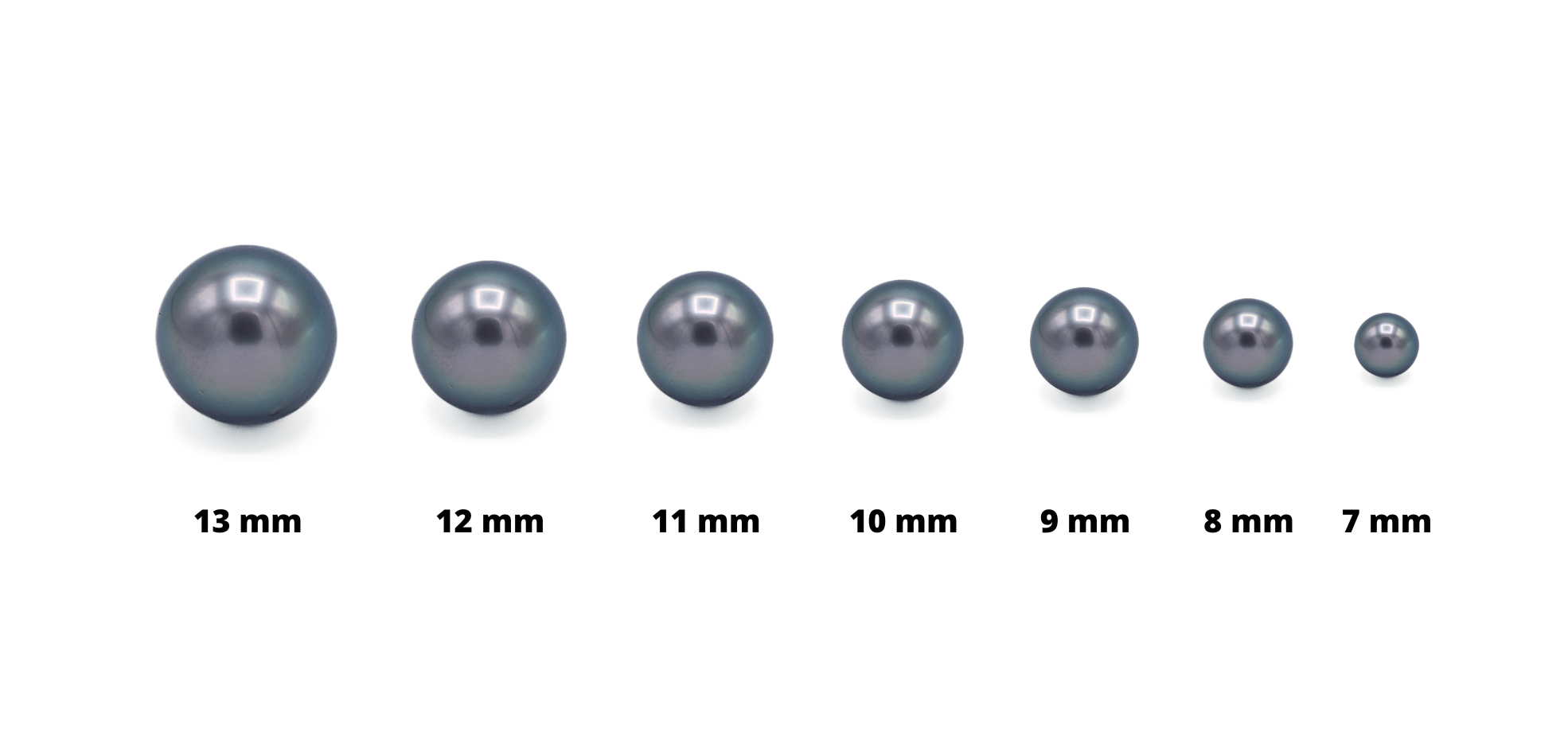
This website use cookies to ensure you get the best experience on our website.Privacy Policy
NEWSLETTER
Sign up to our newsletter and get exclusive deals you won find any where else straight to your inbox!
Start typing to see products you are looking for.